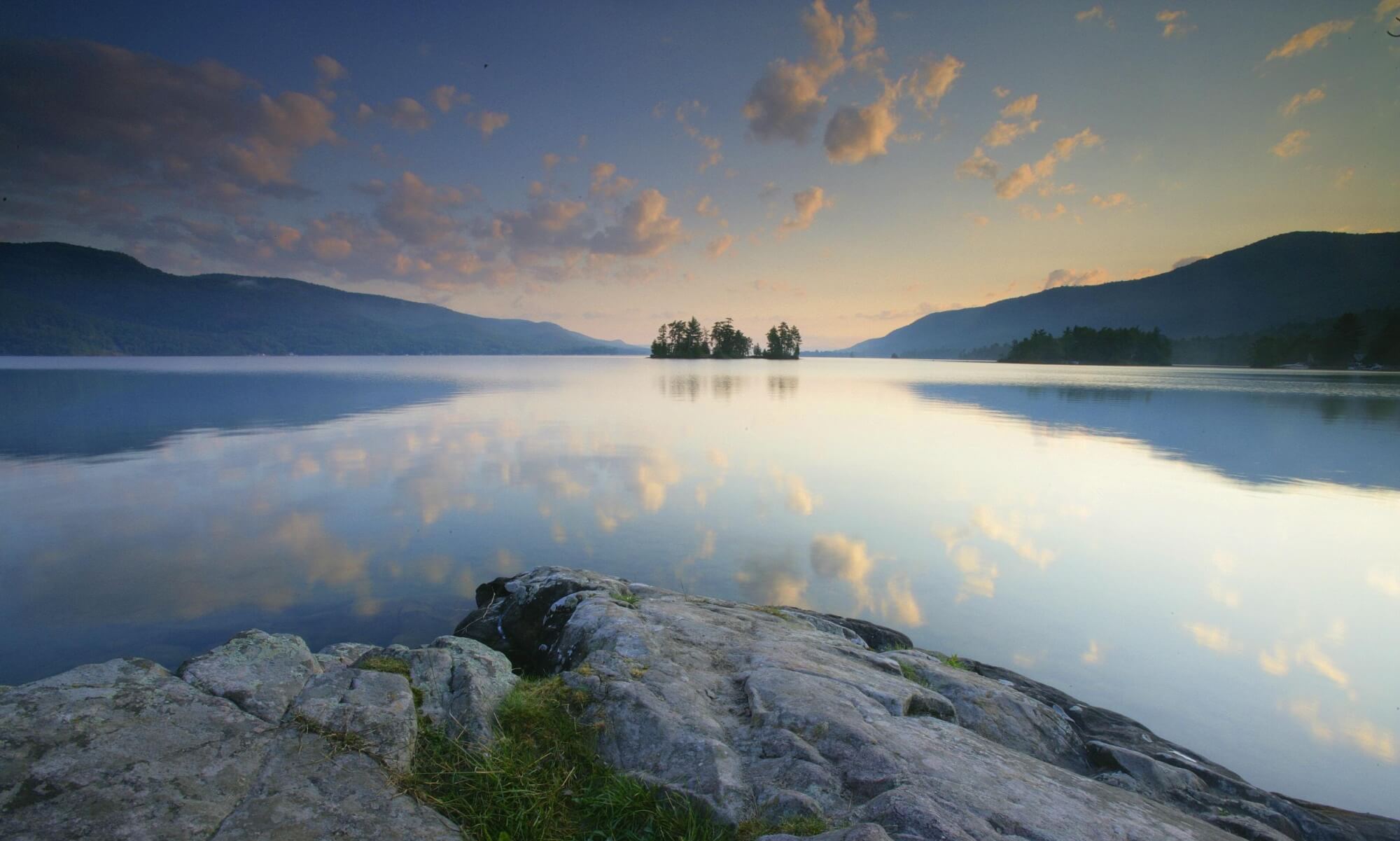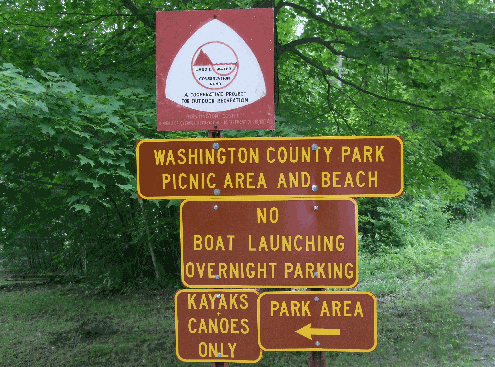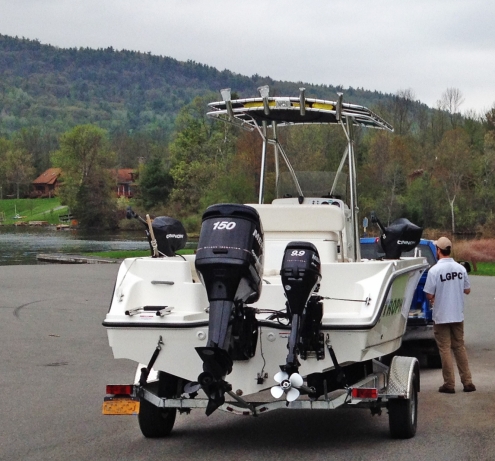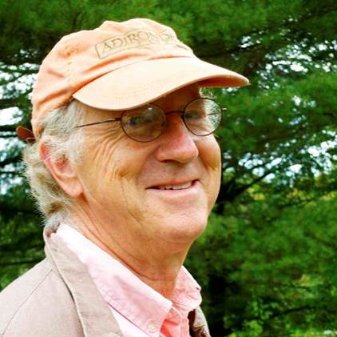
Lake George Town Highway Supervisor Dan Davis (right) shows LGA Project Manager Randy Rath (left) how a Lake George Town driver would use the Dickey-john equipment that the LGA purchased for the Town.
Just in time for winter, the Lake George Association has purchased a package of sophisticated salt-spreading equipment for the Town of Lake George – the latest step in the LGA’s effort to protect Lake George water. Dresden and other lake-adjoining towns have received temperature sensors to monitor local roads.
The need for the equipment was identified in a 2014 report developed by Beth Gilles, Assistant Director of the Lake Champlain-Lake George Regional Planning Board, and Lake George Association staff.
“The greatest threat to Lake George’s water is storm runoff and pollution from sources other than industrial or agricultural sites,” said C. Walter Lender, Executive Director of the Lake George Association. “One of those sources is salt applied to roads in the winter. We all want clear and safe roads, and we must balance that need with the concern about how winter road maintenance practices are affecting Lake George. This purchase is the next step in addressing those concerns.”

Lake George Town Highway Supervisor Dan Davis (left) shows LGA Project Manager Randy Rath (right) the plow truck’s gate, through which the salt is sent to the spinner plate on the rear of the vehicle.
The Dickey-john Control Point System purchased for the Town of Lake George, at a cost of $6,000, allows the driver to precisely control the rate that material is sent to the truck’s spinner, and controls the speed of the truck’s spinner to maintain even coverage of salt, slowing and stopping when the truck does the same. Following the LGA’s investment, Warren County Soil & Water Conservation District purchased a second Dickey-john package to outfit a second truck for the Town of Lake George, allowing the town’s Highway Department to better control, monitor and track the amount of de-icing material being used on two of its major snow-clearing routes. The LGA also assisted the Regional Planning Board in the purchase of temperature sensors for the Town in 2014, and the Town is pairing the new equipment with the sensors.

The Dickey-john equipment is installed at the right hand of the Town of Lake George plow truck driver.
The sensors display the temperature of the roadway in real time. Because pavement is often warmer than the air – and because the snow or ice crystals will melt more quickly on warmer roads – the sensors allow the truck operator to apply enough material to ensure the snow/ice is melted without applying an overabundance of the material to the road.
In addition to the Town of Lake George, temperature sensors were purchased for and provided to the Town of Queensbury and the Town of Dresden. Dresden has temperature sensors as part of the purchase with the Lake Champlain Lake George Regional Planning Board. The Watershed Coalition subcommittee has discussed with Dresden the town’s needs and is working with them to get more information.
Dresden for years has used mostly sand on its roads – only 20% of what Dresden puts down is salt, according to the town. However, Dresden is working with the LGA and the LCLG Regional Planning Board to see where it can do more.
“We were pleased to accept the equipment for our trucks and have already installed both systems on two trucks,” said Dan Davis, Highway Superintendent for the Town of Lake George. “We are looking forward to seeing how well the equipment works to better control how much salt we are using.”
In addition to our own work, the Lake George Association is partnering with a subcommittee of the Lake George Watershed Coalition on a project to discover ways for regional DPWs to reduce their salt use if possible. The subcommittee includes Gilles, LGA Project Manager Randy Rath and LGA Education Director Kristen Rohne, and Dave Wick, Lake George Park Commission Executive Director.
The subcommittee has been surveying regional DPWs to better understand their winter road maintenance practices as well as develop a list of future equipment needs so the departments can better track and manage salt application.
(Photos Courtesy of the Lake George Association.)









